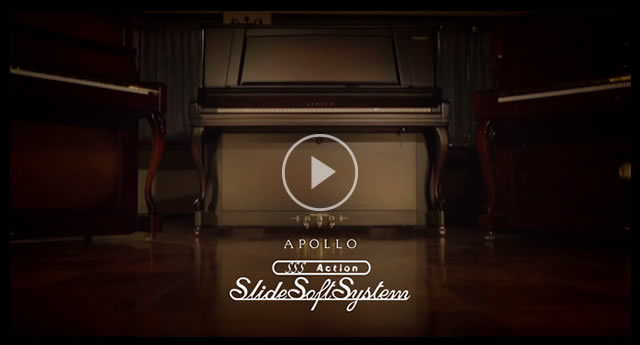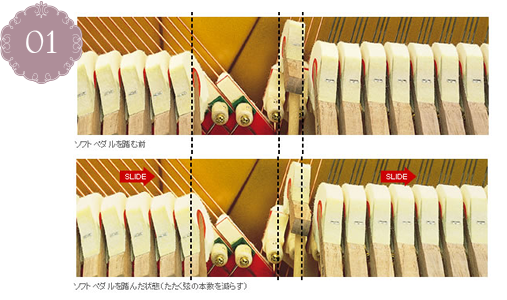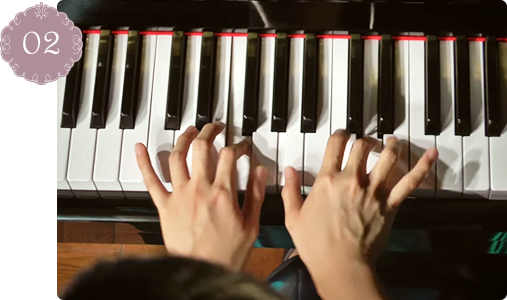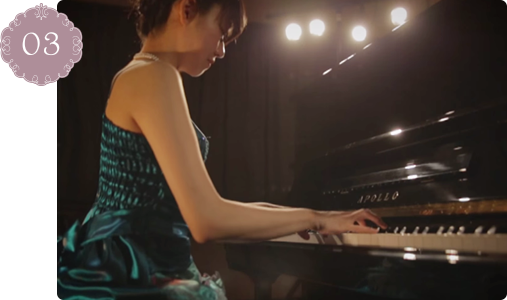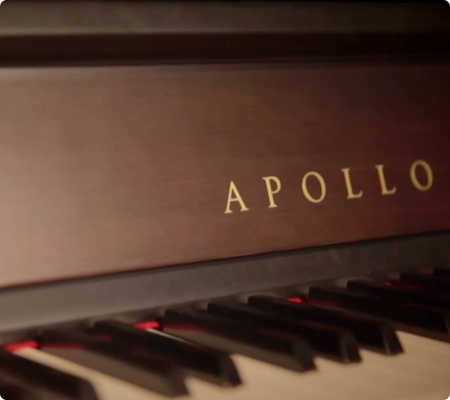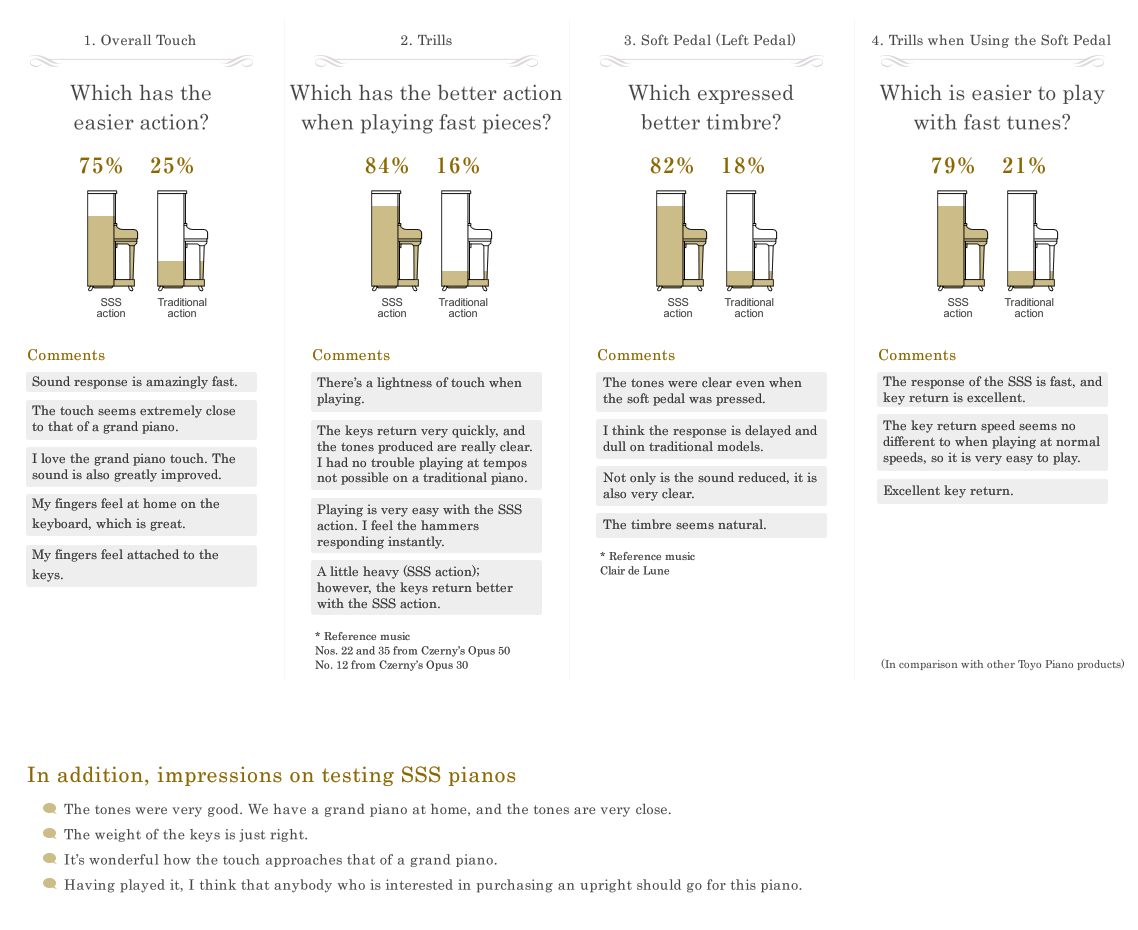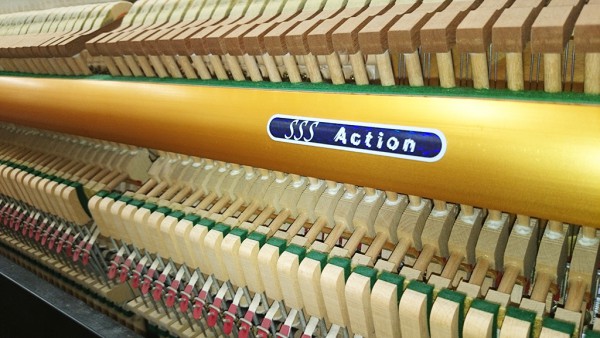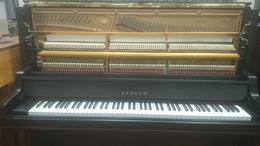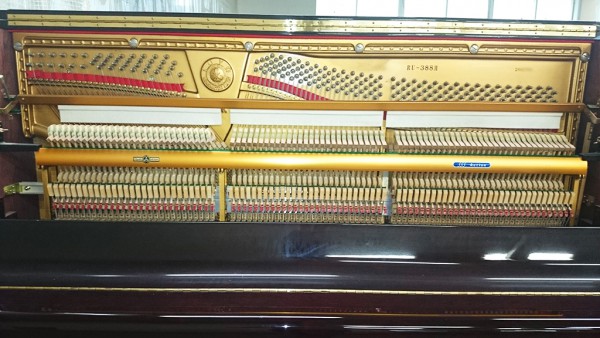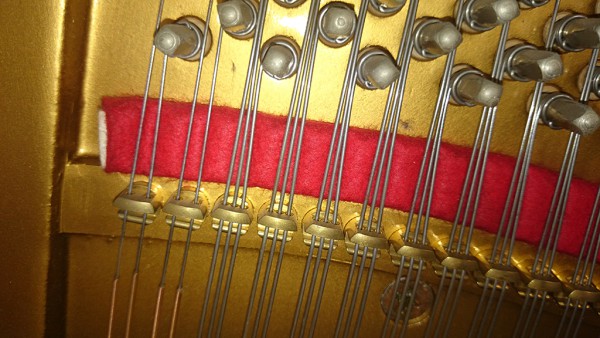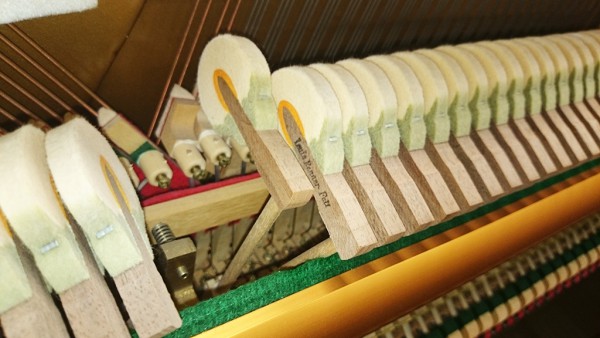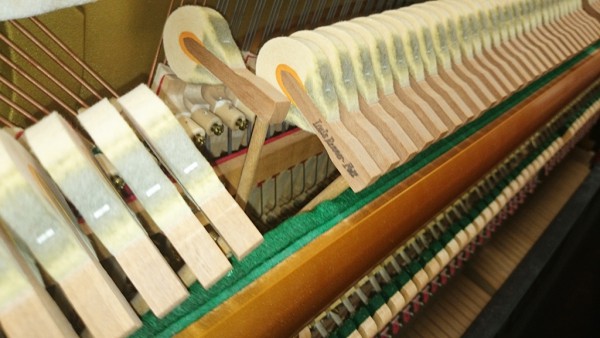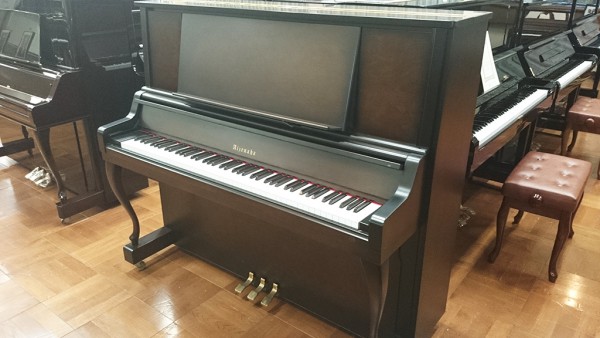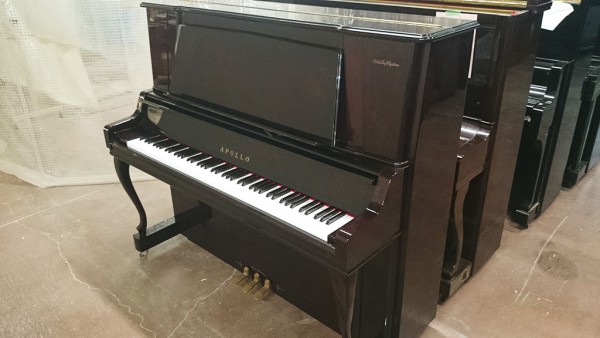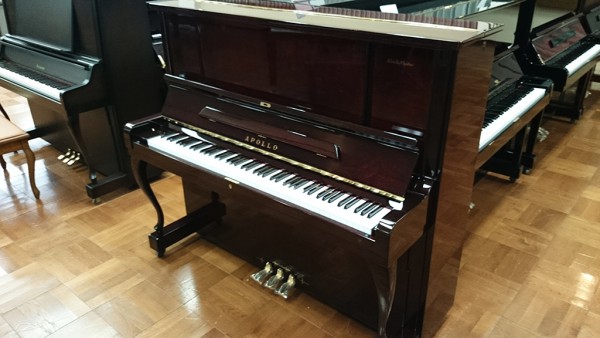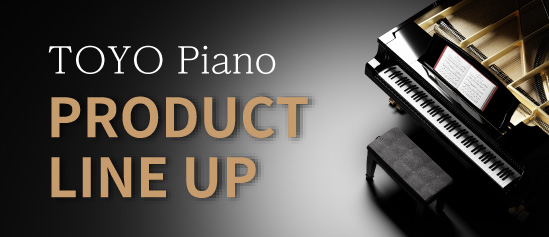The clear and delicate tones obtained when pressing the soft pedal, the speed of hammer return, the speed of trills and the key touch: all of these are typical of a grand piano.
Upright pianos to date have been characterised by a softer note when the string is hit more softly, but the SSS (“Three S”) series action is the same as a grand piano’s in that the number of strings hit is reduced: a revolutionary method for uprights that changes not only sound volume, but the tone as well.
Product Line
History
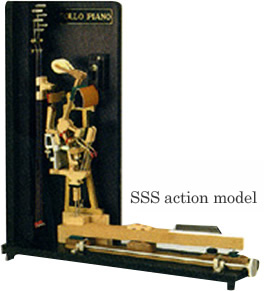
I first entered this field in 1957.A friend got me involved with pianos while I was a student.
I studied construction at school and was intending to enter that field, but the construction industry was in a severe recession at that time, so I gave up on it.
At first, I lived on the second floor of the Toyo Piano office building as an assistant to the technical manager, and I studied piano design techniques during working hours while working under the manager, and after five o’clock I spent nearly every evening studying the assembly, adjustment and tuning of upright pianos and grand pianos. Then in 1962, I joined the Japan Piano Technicians Association (currently the Japan Piano Tuners Association).
Around 1969, I became fascinated by the actions in grand pianos, and my head was constantly abuzz with the question of how it might be possible to achieve grand piano functionality in an upright piano.
Regular upright pianos have the following disadvantages:
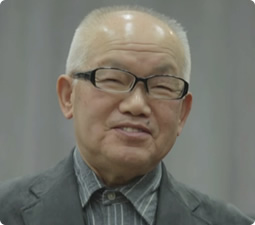
- Little change in volume and timbre compared with grand pianos when the soft pedal is pressed.
- .A momentary lack of resistance (loss of touch) in keyboard touch when the soft pedal is pressed (the degree of key depression), which is a huge disadvantage.
- Fast trills cannot be played in the same way as with grand pianos.
In the hope of solving the above problems, I decided to commit my concepts for covering quality, cost, production and all other issues to the drawing board; but whereas sometimes I was able to draw one line in a split second, other lines refused to take shape even after three, sometimes up to ten, days had passed.
I spent the whole of this time going over these concepts in my head. I realised that developing something never seen before involved to a greater or lesser extent this kind of process.
In the course of my normal duties, my mind was full of this concept both day and night for about twenty years, from the moment of its birth through to completion, night and day. I worried the problem within my head during recreation, while watching television, when out drinking and whenever I had a spare moment.
Having gone through this, I finally solved all the technical problems and completed my concept in 1983. I am fully confident that this shift (soft) mechanism will capture the imagination of upright piano users throughout the world.
TOYO PIANO MFG.Co., LTD.
Inventor MASARU SATO
Engineering & Development
at February, 2006

